Premium bed linens, including sheets, are often marketed with thread counts ranging from 600 to 1,200. Thread count refers to the number of threads per square inch of fabric and is commonly believed to be an indicator of better quality.
However, thread count is just one aspect to consider when evaluating the quality of bed linens. It is also important to take into account the quality of the threads themselves, as well as other factors such as the type of fabric used. For example, a sheet made from 100% cotton may be less soft and more slippery compared to one made from bamboo fibers.
But what exactly does thread count signify, and why is it significant? What is considered a good thread count for sheets and other linens? Let us delve deeper to find answers.
Considering the fact that we spend approximately a third of our lives in bed, it only makes sense to invest in the best linens we can afford. Quality sheets and bedding items are essential for a restful night’s sleep. Cotton linens, for instance, are suitable for sensitive skin and have the ability to absorb body heat, ensuring a cool and comfortable sleep.
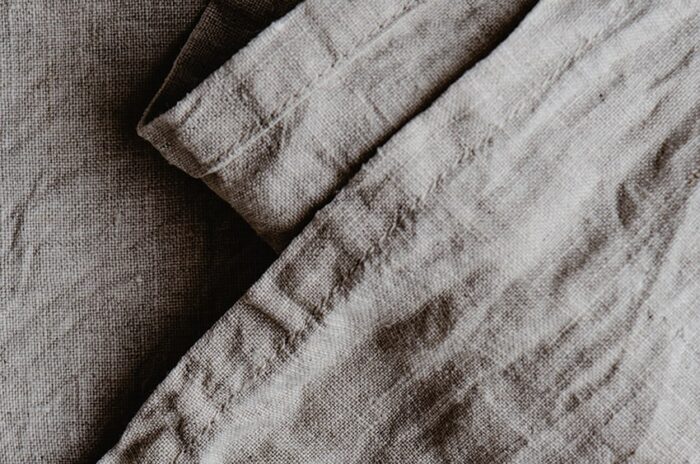
Silk pillowcases, on the other hand, can help reduce excessive sweating and minimize hair frizz. Other fabrics like bamboo have natural properties that make them resistant to mold, mildew, and dust mites.
In addition to these factors, thread count may also be a consideration when shopping for bed linens. This term refers to the number of vertical and horizontal threads within a specific area of fabric, such as one square inch or one square centimeter.
Bed linens, including towels, are woven with both vertical (warp) and horizontal (weft) threads. For example, a cotton pillowcase with 200 warp threads and 200 weft threads per square inch of fabric would have a total thread count of 400.
However, it’s important to note that these numbers may not always be accurate. Consumer advocacy group Choice in Australia reveals that there is no industry standard for thread counts. Some companies may count each individual fiber or ply to inflate their numbers and justify higher prices.
While thread count does hold some significance, there are several other factors to consider when purchasing bed linens. Manufacturers often use the term “thread count” as a marketing tool to describe the quality and softness of different fabrics.
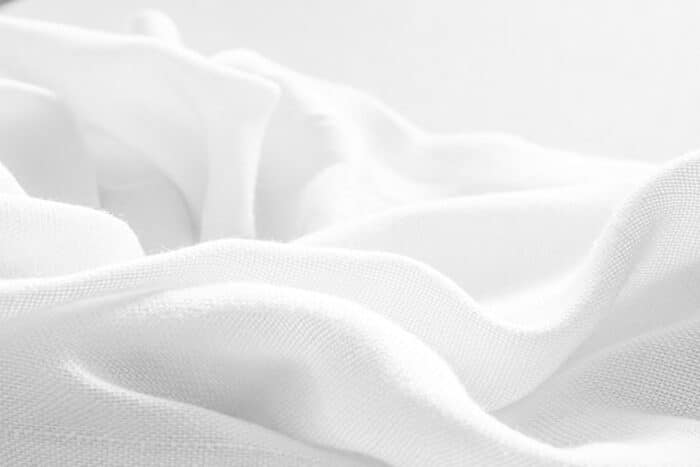
We have all come across advertisements for Egyptian cotton sheets with a thread count of 1,000, which usually come with a much higher price tag compared to regular sheets. Marketers claim that higher thread counts indicate superior quality, increased durability, and even better sleep.
However, sleep expert Michael J. Breus states that thread counts above 500 are often just a marketing gimmick. Many times, the fabric consists of two textiles woven together, which does not necessarily make it softer or of higher quality.
According to Ariel Kaye, the creator of a well-known brand specializing in home decor, there is a limitation to the number of threads that can be accommodated within a square inch. She shared with Elle magazine that this figure typically reaches about 400 for bed linens.
Kaye also asserts that certain manufacturers tend to embellish their thread counts, often inflating them up to five times the actual number. Some accomplish this by twisting weaker yarns together to create a thread, while others count each ply as a separate thread.
In essence, any count surpassing 400 is likely an exaggerated representation. On the other hand, bed linens with thread counts below 200 will lack the same level of softness.
It is important to note that thread count only truly matters when referring to single-ply threads, as these produce the softest and most durable sheets. This factor is particularly significant in relation to cotton.
Manufacturers may use lower-grade cotton to form multi-ply threads. Business Insider explains that this practice allows them to claim double or triple the thread count, despite not necessarily resulting in softer or stronger sheets.
Polyester fibers and cotton/polyester blends are much thinner, enabling manufacturers to increase the thread count. However, the end product will be less resilient compared to pure cotton.
Fabrics like silk, linen, and others have distinct textures that differ from cotton. For example, linen tends to be thicker, while silk is considerably thinner. Thus, it is inappropriate to compare them in terms of thread count.
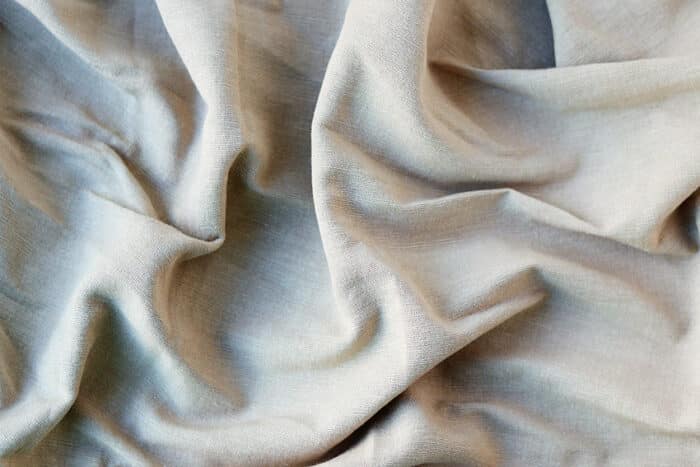
In textile manufacturing, the number of plies, as well as yarn quality, are often more crucial than thread count itself. Ply refers to the number of twisted yarns forming a single thread.
Bed linens with multi-ply threads can hinder airflow and contribute to excessive sweating, negatively impacting sleep quality. Ideally, one should seek out single-ply sheets and other linens made from long-staple or extra-long-staple cotton, as recommended by Huffington Post.
This same source suggests that a thread count ranging from 180 to 280 is often the most preferable option for high-quality bedding. Sheets with a thread count of 200 to 350 are likely to be both soft and durable, while simultaneously providing optimal comfort.
High thread counts of 600, 800, or more indicate the use of multi-ply threads. Therefore, it is unwise to solely base your decision on thread count. Consider these additional factors:
– The type of fibers used (e.g., cotton, bamboo, polyester)
– The softness of the fabric
– The length of the staple (opt for long- or extra-long-staple fabrics when purchasing bed sheets)
– The diameter of the yarn (premium bed sheets usually have high yarn counts of 60 and above)
– The presence of an Oeko-Tex certification
– The weave type, such as sateen, twill, or percale
– The ply (single-ply threads are the most favorable option for sheets)
All of the above information should be indicated on the label.
Cotton, linen, and other natural fibers commonly surpass their synthetic counterparts in quality. These materials possess strength and durability while maintaining a comfortable feel.
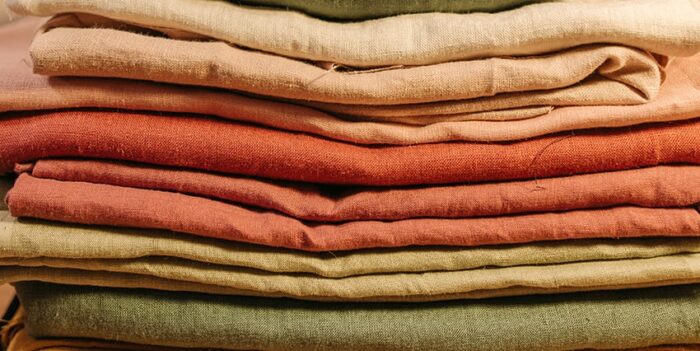
Bed linens and other textiles that carry the Standard 100/Oeko-Tex label guarantee the absence of harmful chemicals. These products are particularly suitable for consumers who have sensitive skin or allergies.
Uncertain about what to look for? Consider the following factors:
– If you desire smooth, soft sheets, opt for sateen. This fabric resists wrinkles and offers a luxurious sensation. However, it may wear out more quickly compared to plain-weave or percale sheets.
– Linen is long-lasting and provides a cool sensation at night, although it may feel rough on the skin. Generally, it is perfect for the summer season.
– Percale tends to grow softer with time and makes an excellent year-round choice. The fabric is lightweight and breathable.
– Plain-weave sheets offer a cool, crisp sensation that can help prevent overheating during sleep.
– Twill-weave sheets exhibit resistance to wear-and-tear, making them ideal for pet owners.
Ultimately, what matters most is how these fabrics feel against your skin. Whenever possible, try to obtain a few fabric samples before purchasing new linens. Check the fabric content on the label and inquire about the fabric’s tensile strength.
As mentioned earlier, high-quality sheets typically feature a thread count ranging from 200 to 400. These figures largely depend on the type of material utilized.
– Premium Egyptian cotton sheets typically have a thread count ranging from 300 to 400.
– Sateen weave sheets, on the other hand, boast a thread count between 300 and 600.
– If you intend to acquire bamboo sheets, seek brands offering a thread count between 300 and 500.
– A thread count of 200 to 400 usually suffices for cotton sheets or percale-weave sheets.
Remember these guidelines when shopping for pillowcases, duvet covers, and other linens, not just bedsheets. It is important to note that silk, flannel, jersey, and microfiber linens adhere to different guidelines.
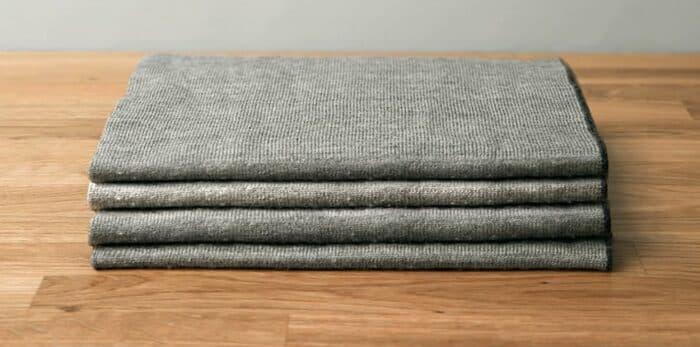
Except for silk, the aforementioned materials are measured in grams per square meter (GSM). A higher GSM indicates denser fabric. For instance, quality microfiber sheets typically range from 90 to 120 GSM, while flannel sheets typically reach 170 GSM.
Silk, on the other hand, is weighed in momme. One momme is equivalent to 3.75 grams or 0.13 ounces. Superior silk sheets typically possess a momme count of 22 to 25.
When purchasing new sheets, it is crucial to physically touch and feel them. The numerical values are of lesser importance.
We hope this guide has addressed your question concerning thread count. Now you understand why a high thread count does not always signify superior quality or comfort. Instead, focus on factors such as fiber content, staple length, ply, and fabric softness.
Do not succumb to marketing hype when comparing bed sheets and linens.
Stick to the thread count range of 200 to 400 (or slightly higher) to ensure the best value for your money. Examine product labels, read reviews, and request samples whenever feasible.


